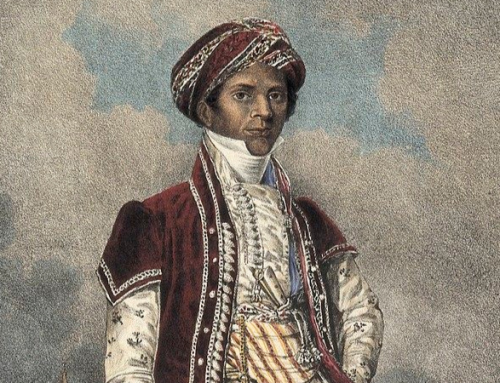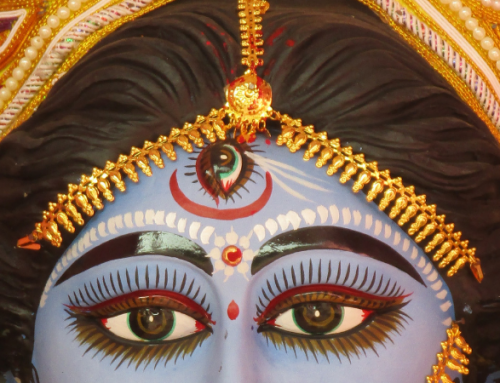Happy Ganesh Chaturthi!
Yet another Shravana month, dedicated to Siva, is ending, and will in turn be followed by yet another Bhadrapada month and its Ganesha Festival.
I began writing this post on Naga Panchami, the day in Shravana that is meant for worship of Nagas. Though the word “naga” (1st ‘a’ long, pronounced nah-guh) is most commonly used to mean a cobra, naga is one of those Sanskrit words that has a substantial number of puzzling meanings, including: a snake in general, one form of prana in the body, the number 7, the number 8, the best/most excellent of any grouping, a shark, a cloud, several plants, the metals tin or lead, a type of talc, a type of coitus, and the 3rd karana of the Indian panchanga.
Naga also means elephant. This may be because the elephant is the best/most excellent of land animals, or perhaps it is a derivative of the word naga (1st ‘a’ short, pronounced nuh-guh) = na + ga = “doesn’t move” = a mountain, elephants in India being often found on mountains, and elephants looking very much like sizable self-propelled grey boulders. But it may also suggest that there is more to elephants, and to Ganesha, that meets the human eye. Ganesha represents the Earth element, and in addition to being themselves massively earthy elephants communicate with each other subsonically, transmitted both through through the air and the ground, sensing the ground transmissions with the help of their sensitive feet and trunks.
All this has long made me curious to know precisely how Ganesha and the Nagas are related. Though nowadays most people think of Naga Panchami as a day to worship snakes, it was more likely created as a day to worship the Nagas (capital N) that are a semi-divine race of beings who sometimes interact with humans. Said to live beneath the surface of the earth, Nagas can shift their shapes but tend to appear (to humans) as human from the waist up and serpentine below. They appear prominently in the traditions of Hinduism, Buddhism, and Jainism; the dragons of East Asian myth may be Nagas. Nagas are associated with all bodies of water, and often protect treasures of various sorts; the Buddha for example is said to have given the Prajnaparamita Sutrasto the Nagas for safekeeping. Centuries later the Nagas presented those sutras to the philosopher Nagarjuna, who is often depicted in a form comprising human and Naga characteristics. Patañjali, author of the Yoga Sutras, is similarly shown, as he is said to be an incarnation of Shesha (Ananta), the Cosmic Serpent upon whom Vishnu reclines on the Ocean of Milk. Some sources identify Shesha as the paramount chief of all Nagas.
Could Ganesha have some direct connection with the Nagas? I find it noteworthy that a serpent commonly features in representations of the elephant-headed god: around his neck, on his shoulder as a sacred thread, wrapped around his stomach as a belt, held in one hand, coiled at his ankles, or as a throne. It could be that this is merely a case of “like father, like son,” as Siva is frequently depicted with a snake around his neck, but it could be something more. After all, the name Ganesha or Ganapati means “lord of the ganas,” and if we invert the two syllables of the many-meaninged word gana – ga and na – we get: naga.
While it is pleasant to speculate, rarely is it prudent to try to come to definite conclusions about such obscure matters. Let us instead request the benevolent, snake-adorned Lord Ganesha to enlighten our minds and remove the obstacles to our understanding.
May the Naga Lords and the Lord of the Ganas bless us with the knowledge and wisdom we will need as we negotiate the uncharted waters of the increasingly dysfunctional modern world!
Jaya Ganesha!


